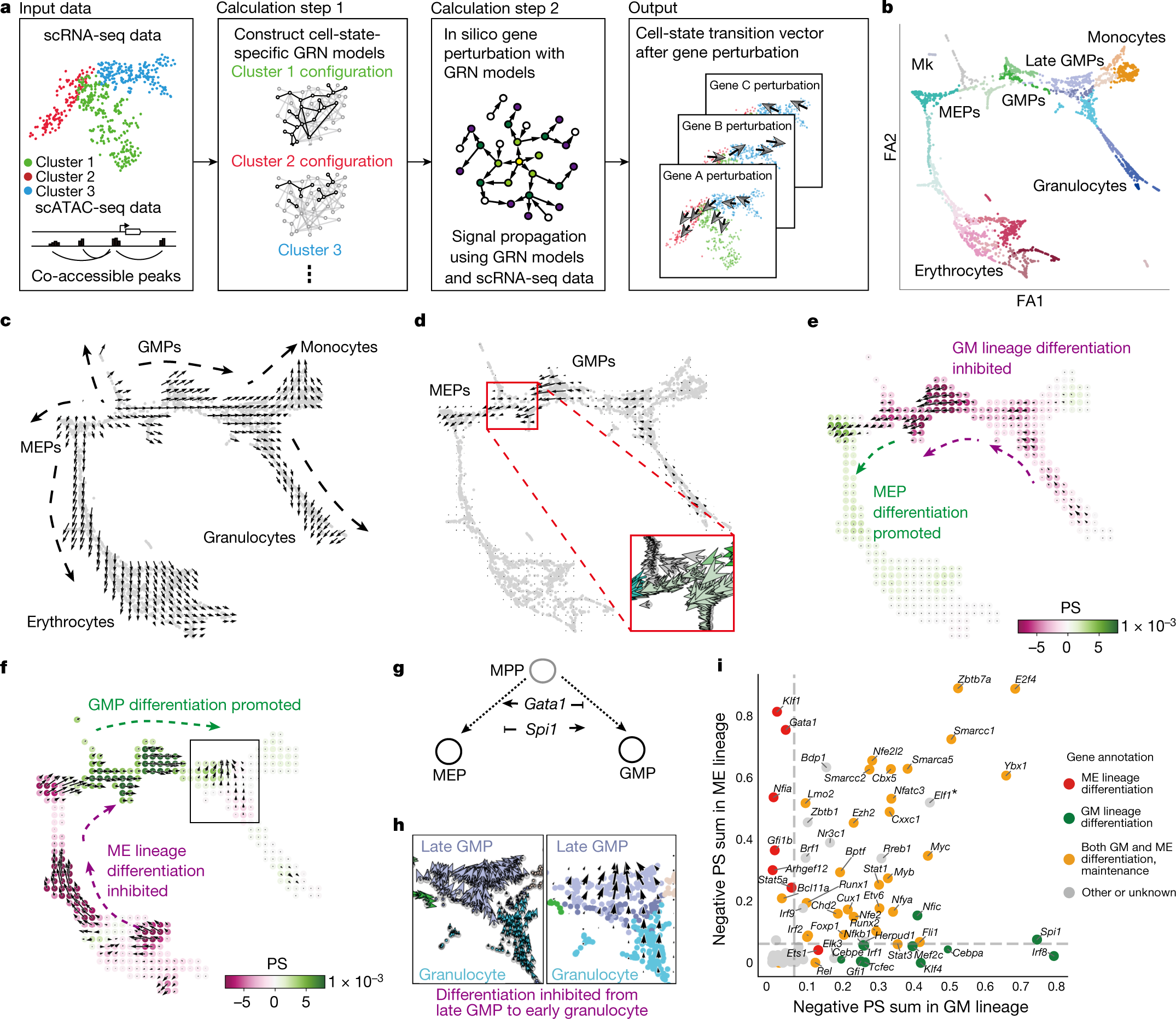このような細胞をブーストすることで、より多くの患者が免疫療法の恩恵を受けることができるかもしれない Boosting such cells may help more patients benefit from immunotherapy
2023-02-16 ワシントン大学セントルイス校
◆ワシントン大学医学部(セントルイス)の研究者らは、免疫療法が効く人と効かない人の違いは、CD5というタンパク質を外表面に持つ「CD5+樹状細胞」と呼ばれる免疫細胞が関係している可能性があることを突き止めました。彼らの研究によると、メラノーマを含むさまざまな種類のがんの患者は、腫瘍にCD5+樹状細胞が多いほど長生きし、樹状細胞のCD5を欠いたマウスは、免疫療法にうまく反応しないことがわかった。
◆この研究結果は、2月17日発行の科学誌「Science」に掲載され、CD5+樹状細胞の数または活性を増やすように設計された補助療法が、免疫療法の救命効果をより多くのがん患者に拡大できる可能性を示唆しています。
◆免疫系は、T細胞として知られる免疫細胞を活性化し、腫瘍細胞を認識・殺傷することで、身体を癌から防御する。これに対し、腫瘍細胞は、T細胞が誤って健康な細胞を攻撃するのを防ぐ免疫チェックポイントシステムを操作し、T細胞をだまして自分だけ残すようにする。免疫チェックポイント阻害療法は、腫瘍細胞の操作を阻止することで、T細胞が腫瘍を認識し破壊できるようにするものです。しかし、この治療法を用いても、一部の人々のT細胞はその役割を効果的に果たすことができない。
◆クレチェフスキー博士と共同研究者(筆頭著者のMingyu He博士、ポスドク研究員のKate Roussak博士ら)は、免疫療法に反応しない人は、樹状細胞に問題があるのではないかと考えている。
◆この研究結果は、腫瘍内のCD5+樹状細胞の量を調べることで、免疫療法が最も有効な患者を評価できる可能性を示唆している。また、このような樹状細胞の数や活性を高めることで、より多くの人が免疫療法の恩恵を受けられる可能性があることも示唆された。この研究の一環として、研究チームは、免疫タンパク質IL-6がCD5+樹状細胞の量を増加させることを発見した。
<関連情報>
- https://source.wustl.edu/2023/02/cancer-patients-who-dont-respond-to-immunotherapy-lack-crucial-immune-cells/
- https://www.science.org/doi/10.1126/science.abg2752
樹状細胞によるCD5発現はT細胞免疫を指令し、免疫療法反応を持続させる CD5 expression by dendritic cells directs T cell immunity and sustains immunotherapy responses
Mingyu He ,Kate Roussak ,Feiyang Ma ,Nicholas Borcherding ,Vince Garin,Mike White ,Charles Schutt ,Trine I. Jensen ,Yun Zhao ,Courtney A. Iberg ,Kairav Shah ,Himanshi Bhatia ,Daniel Korenfeld ,Sabrina Dinkel ,Judah Gray ,Alina Ulezko Antonova ,Stephen Ferris ,David Donermeyer ,Cecilia Lindestam Arlehamn ,Matthew M. Gubin ,Jingqin Luo ,Laurent Gorvel ,Matteo Pellegrini ,Alessandro Sette ,Thomas Tung ,Rasmus Bak,Robert L. Modlin ,Ryan C. Fields ,Robert D. Schreiber ,Paul M. Allen,Eynav Klechevsky
Science Published:17 Feb 2023
DOI:https://doi.org/10.1126/science.abg2752

Dendritic cells save the day
Dendritic cells are a key part of the immune system and are critical for antitumor immunity because they help to induce T cell responses against tumor antigens. CD5 is a glycoprotein expressed on some immune cells, including a subset of dendritic cells, but its function had not been well understood. He et al. demonstrated that CD5-expressing dendritic cells help to prime T cell responses against melanoma and are associated with survival in human patients and with immune rejection of tumors in mouse models. Moreover, these cells were needed for optimal results with immune checkpoint blockade, a type of immunotherapy that promotes reactivation of the body’s own immune responses to treat cancer. —YN
Structured Abstract
INTRODUCTION
Immune checkpoint blockade (ICB) therapy that blocks inhibitory T cell checkpoint molecules such as programmed cell death protein 1 (PD-1) and cytotoxic T lymphocyte–associated protein 4 (CTLA-4) has revolutionized cancer treatments. Despite its efficacy, half of the treated patients respond poorly and experience disease progression after therapy. To further improve immunotherapy outcome, a better understanding of the immune landscape and the tumor microenvironment (TME) is needed. In this context, dendritic cells (DCs), a functionally diverse system of antigen-presenting cells, play an instrumental role in eliciting antitumor responses during ICB therapy by inducing de novo CD8+ cytotoxic and CD4+ helper T cells against cancer-specific antigens. However, the specific DC features that are critical for driving effective T cell immunity and how subset composition in the tissue affects responsiveness to therapy remain unresolved.
RATIONALE
CD5, which is a transmembrane glycoprotein expressed on the surfaces of conventional T cells and some B cells, was recently recognized as a marker of a subset of DCs in both mice and humans. CD5 plays an important role in fine-tuning T cell receptor signaling during development and in their effector function in the periphery. However, the physiological roles of CD5 on DCs and the impact of such CD5+ DCs on tumor immunity remain unclear. In our previous work, we showed that migratory CD5+ DCs in the human skin prime helper T cells and multifunctional cytotoxic T cells more effectively than DCs that lack CD5. We hypothesized that the increased frequency of CD5+ DCs in inflammatory settings correlates with their involvement in antitumor responses and responses to ICB therapy.
RESULTS
We investigated the mechanisms that underlie DC-mediated effector T cell priming, focusing on the role of CD5 expressed by these interacting cells. We analyzed the myeloid compartment of human skin draining lymph nodes and found that the frequency of the CD5+ DC population within the DC2 compartment was reduced in human melanoma-affected lymph nodes compared with the same population in unaffected tissue. Accordingly, CD5 expression as well as a CD5+ DC gene signature correlated with greater survival and relapse-free survival in patients with a variety of cancers, including melanoma. We identified a critical immunostimulatory function for CD5 on DCs that potentiates the priming of tumor-reactive T cell activation, proliferation, effector function, and response to ICB therapy. The expression of CD5 on DCs correlated directly with the extent of effector helper CD4+ and cytotoxic T cell priming in humans. Selective deletion of CD5 expression in DCs prevented an efficient response to ICB therapy in tumor-bearing mice, resulting in defective immune rejection of tumors. This defect correlated with the activation of CD5lo T cells, including CD5loCD4+ T cells and neoantigen-specific CD5loCD8+ T cells with poor effector function. In parallel, we examined biopsies of patients with melanoma and found that CD5hi Tcell frequencies aligned with the CD5+ DC density. Similarly, deletion of CD5 expression in T cells negatively affected CD5+ DC-mediated T cell priming, antitumor immunity, and the response to ICB. Moreover, we found increased numbers of CD5+ DCs after ICB in vivo, which corresponded to increased numbers of these cells in a patient with PD-1 deficiency. Furthermore, interleukin-6 (IL-6), which was abundant in the cells of this patient, was also detected at higher levels within tumors after ICB therapy compared with baseline measurements. Correspondingly, we identified IL-6 as an important factor in CD5+ DC differentiation and survival.
CONCLUSION
Our data provide insight into how immunotherapies like ICB work and identify CD5 on DCs as a new potential target for enhancing response rates among patients undergoing treatments. The role of DC CD5 in engaging effective antitumor immunity provides one explanation for the correlation of human DC2s, the only conventional DC subpopulation in humans that expresses CD5, with effector helper T cell density in tumors and with the patient responsiveness to ICB therapy. Overall, increased CD5+ DCs in human lymphoid tissue aligns with markers of effector T cell quality, as well as with patient overall survival. Thus, harnessing CD5 on DCs may be a promising avenue for enhancing the efficacy of immunotherapy against multiple tumors.


